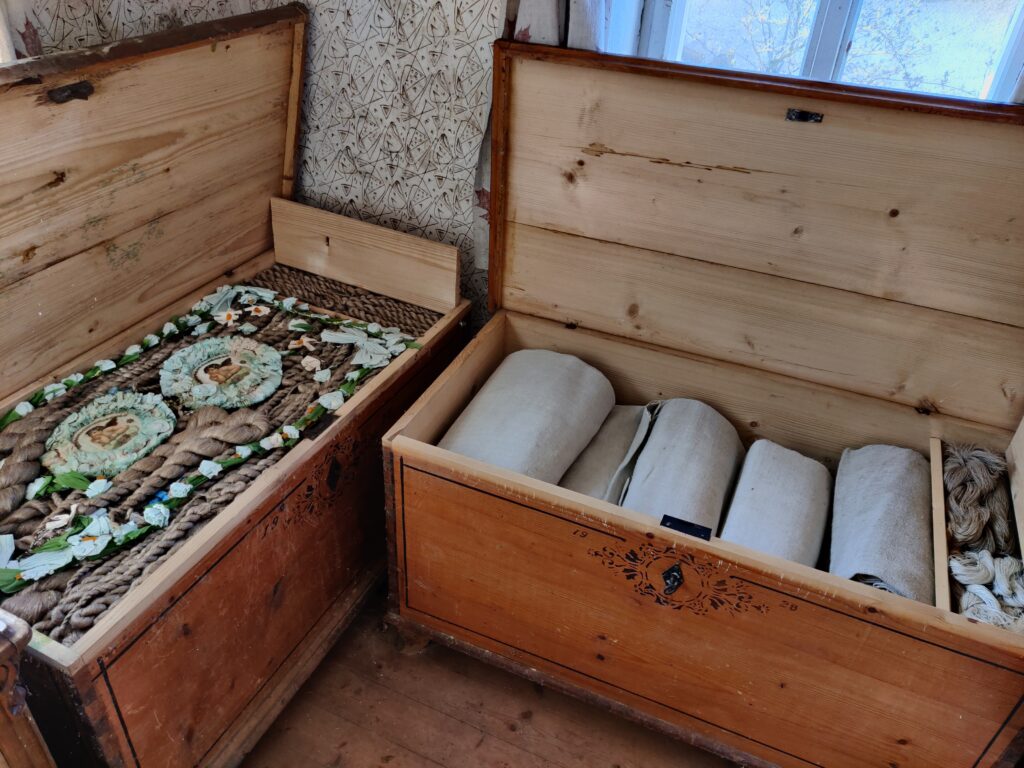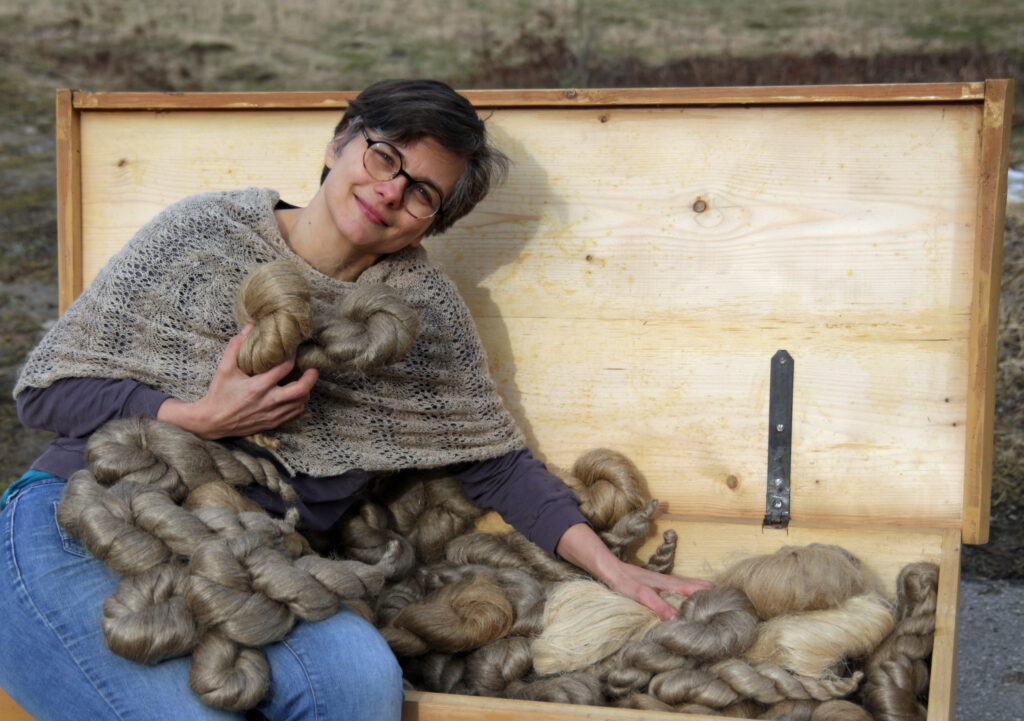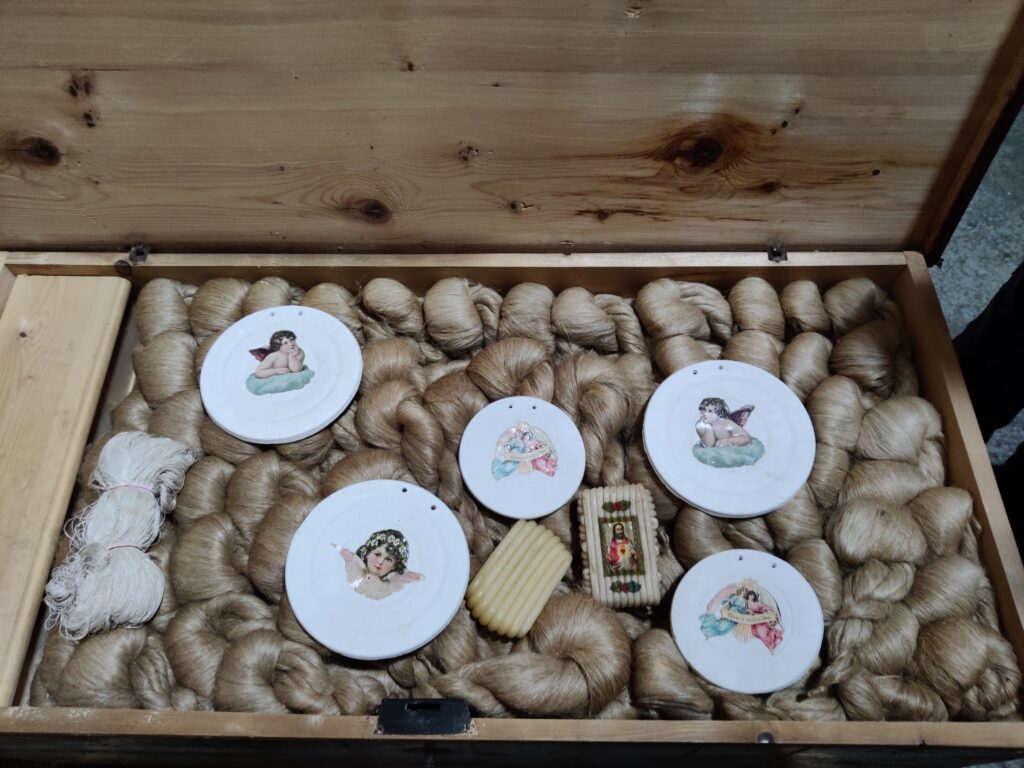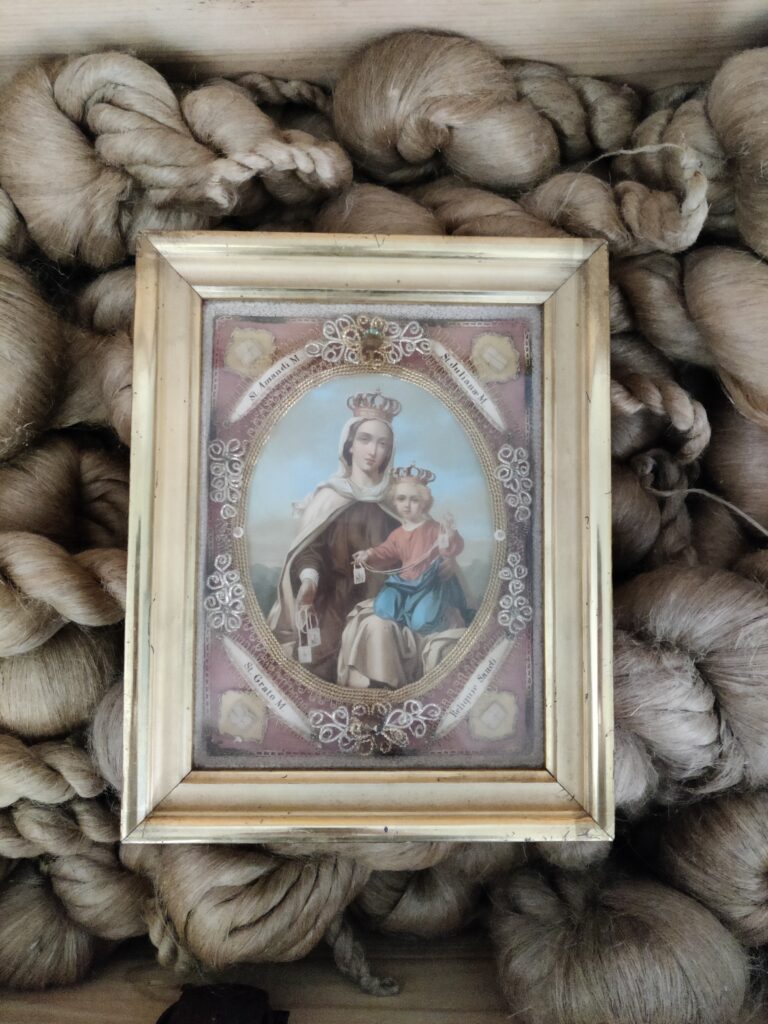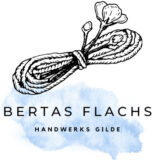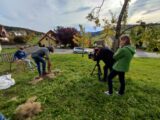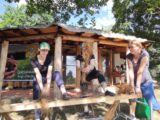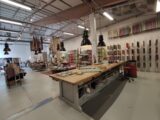On the day of the wedding, the bride's household goods and trousseau chests were brought to the newlyweds' new home, not quietly and secretly, but with a large court. Until the 1960s, it was customary in the Mühlviertel for the bride to receive flax and linen as a wedding gift from her family. It was a treasure, her very personal possession, a life insurance policy that the woman could cash in when the need was greatest.
This is probably also the reason why many of these chests remain untouched in attics and cellars to this day. Fortunately, the need was not great enough or the dowry too emotionally charged to dispose of the flax when it was no longer worth anything. And so, to this day, many chests are hidden away waiting to be brought to light once again. The richer the farmer, the larger the daughters' dowries were. Over the years, flax was often put away for the bride's chest with every harvest and so the simple wooden boxes filled up under the eyes of the growing girls. If only one chest contained bridal goods, the space was neatly divided to make room for linen and plaits. A narrow compartment inside the chest hid gifts of money, jewellery or even a small prayer book away from prying eyes. The long flax itself was packed tightly into the chests in order to store as much material as possible. Between 60 and 80 kilos of fibres come together in this way.
Punky decoration
Finally, the last layer was splendidly decorated. Paper flowers - also tied by mothers, sisters and friends - alternated with pictures of saints, ring pillows, wax sticks and angel wafers, and somewhere among all the treasures, the linen thread, which is still much sought-after today, was waiting to be used.
But not every chest was actually allowed to make its way through the village on an open cart. Many farmhouses conceal chests from several generations of women. "Aunts", i.e. unmarried daughters who had not found a husband during and after the war, remained at their parents' house as employees, together with their bridal chests. Girls who were sent to the convent often did not take their chests with them, although there are also reports of convents where the novices travelled with their textile treasure chests.
What was a treasure 80 years ago is often a burden for descendants today. Long flax, as beautiful as it may be, is completely useless for people who don't spin flax, especially if you don't have one plait but several hundred kilos from different generations in your attic. Nevertheless, it is not easy to part with it, as it was often your own lovingly cherished inheritance or that of mum or grandma. Some women in the Mühlviertel can still talk about how their flat chest was transported to their new home and smile as they remember the music and the children jumping around. In the not too distant future, these stories will only be retold. If the trunks then go to landfill, a part of the Mühlviertel's women's history will be lost with them.
